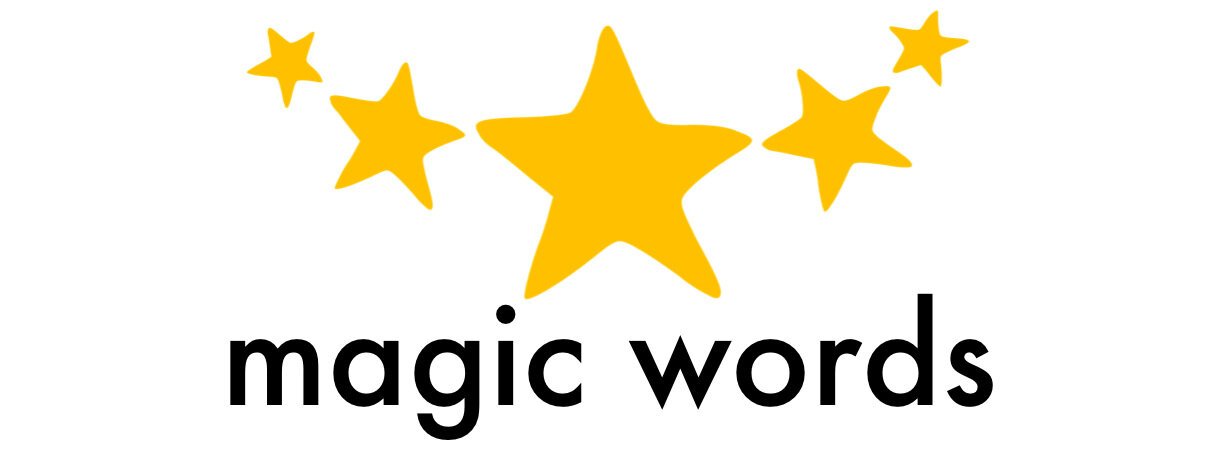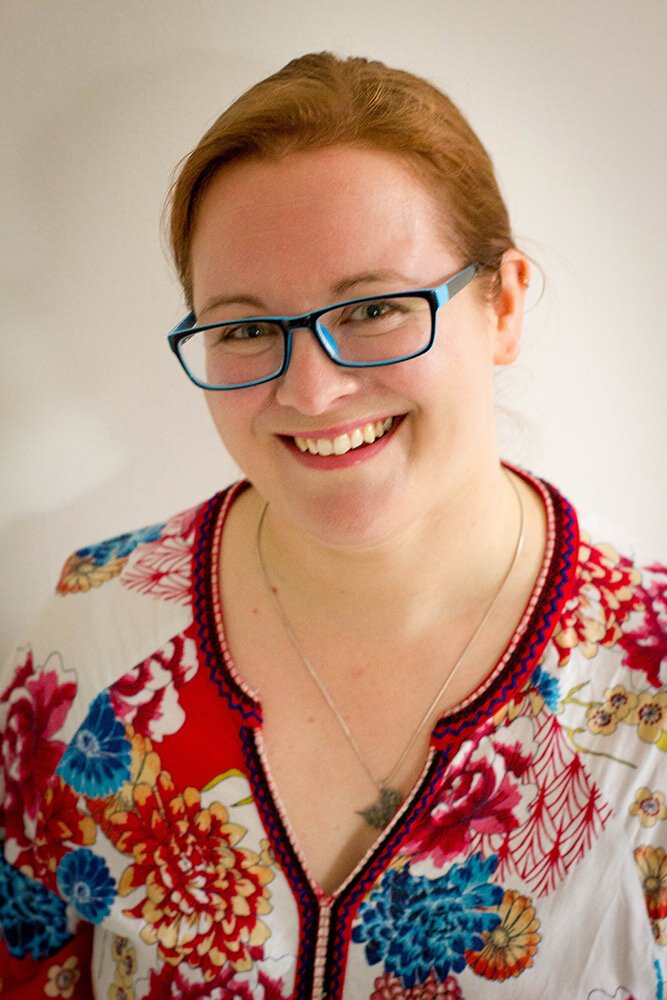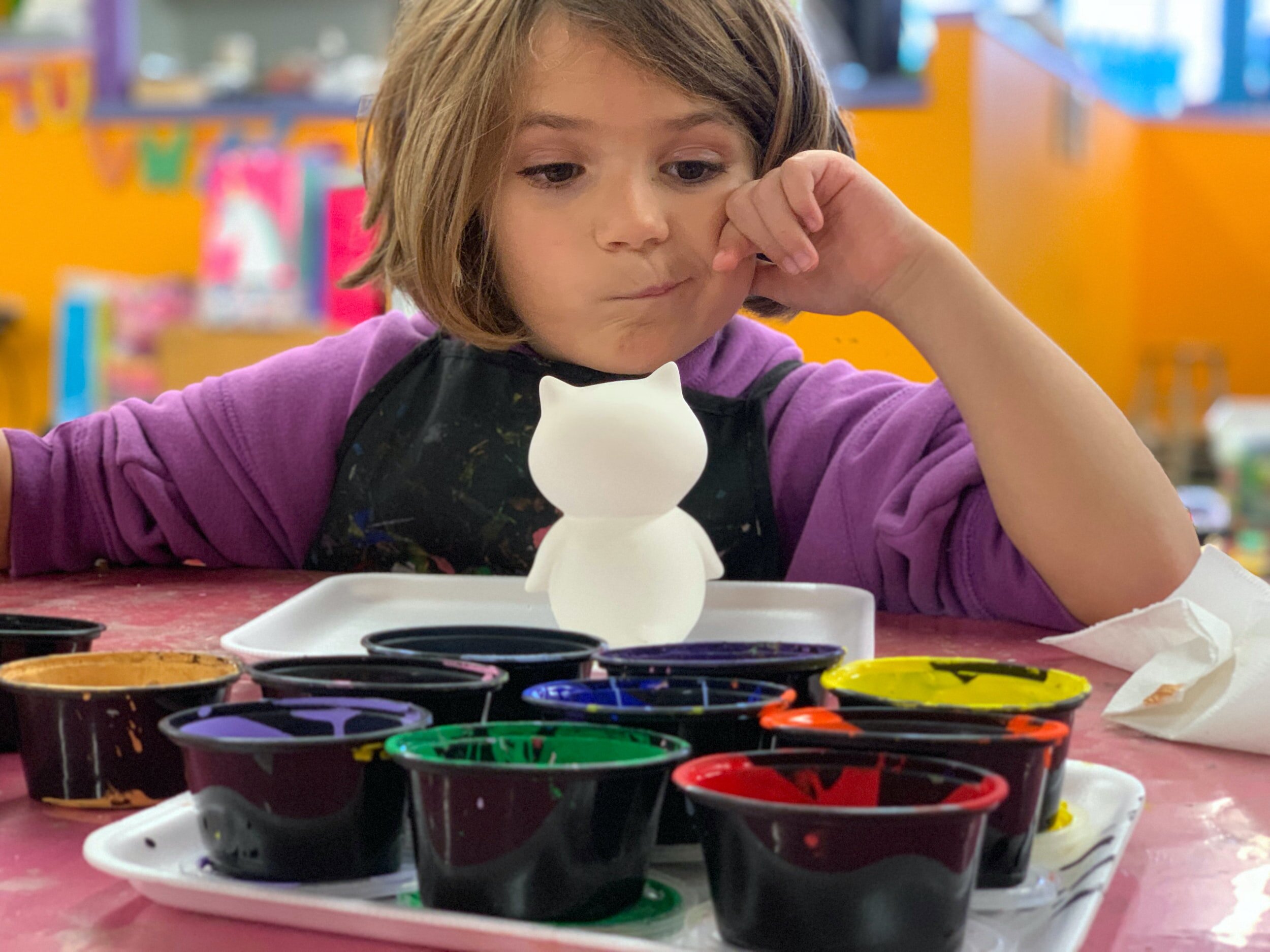By Rachel Roberts
Magic Words Online Counsellor
Firstly, what does it feel like to be overwhelmed and what’s the difference between that and burnout?
Being overwhelmed is feeling like everything is on top of you, like the world feels very heavy. It's all down to you. If you don’t get that huge to-do list done, something bad will happen. It’s about a loss of control, and you’re desperately grasping it back. When you are overwhelmed, often your emotions are at full speed - anything can make you burst into tears, lash out in anger or generally feel on edge 100% of the time.
Burnout, however, often feels the opposite. Your emotions are blunted, and many people find that they ‘just don’t care anymore’. You feel like you’ve given up, you’re tired, emotionally drained, you don’t want to be around people and when you are, you’re in shut down mode.
So, how can I deal with these feelings?
First, figure out if it’s burnout or overwhelm. They have similarities, so defining them can be that first powerful step towards taking back control of your emotions. Check if you’re trying to do everything (overwhelm) or avoid everything (burnout).
Second, realise that the to-do list is not you. You are not defined by the jobs you do. Instead, you are defined by what makes you so special; your heart, soul, sense of humour, the joy you give to people around you. So what if the dusting doesn’t get done… Did you make someone laugh today? Did you give someone a hug that made them smile?
Third, recognise that you are not perfect. Once we get into our minds that we must be spot on with everything, overwhelm is right around the corner. When perfection creeps in, we find ourselves taking on much more work because we want to make sure everything is ‘just so’. Who has had the thought ‘oh I’ll just do it myself. They will get it wrong anyway’? I know I have! This can mean you are so overloaded with work, you can become numb - here comes burnout! But you have to think, sometimes other people do get it wrong and that’s ok. The world is complicated, off-kilter, and that’s what makes it so unique and interesting. Let others take the job every now and then and give yourself a break. I promise it’s ok.
Finally, figure out a way to control your breathing. When we are in overwhelm and burnout, it’s pretty much the modern equivalent of fight/flight or freeze mode. This means our breathing changes dramatically because our bodies work a different way - it’s preparing to (for example) run away from that tiger. Breathing exercises can be very simple - box breathing is a good one to do at your desk, while watching TV or while lying in bed.
You breathe in for a count of 4, hold for 4, breathe out for 4 and then hold the out breath for 4. A few rounds of this will reset your breathing, which clears your mind.
There are plenty of breathing exercises that you can try, here are some yogic breathing practices which can help calm down that overwhelmed state of mind: 9 Yogic Breathing Practices
If you take nothing else away from this blog apart from one thing, please let it be this: Perfection is impossible, and trying to be so will cause you distress. Take that imperfection and enjoy it, celebrate it and honour it. That’s what makes you wonderful.
















































